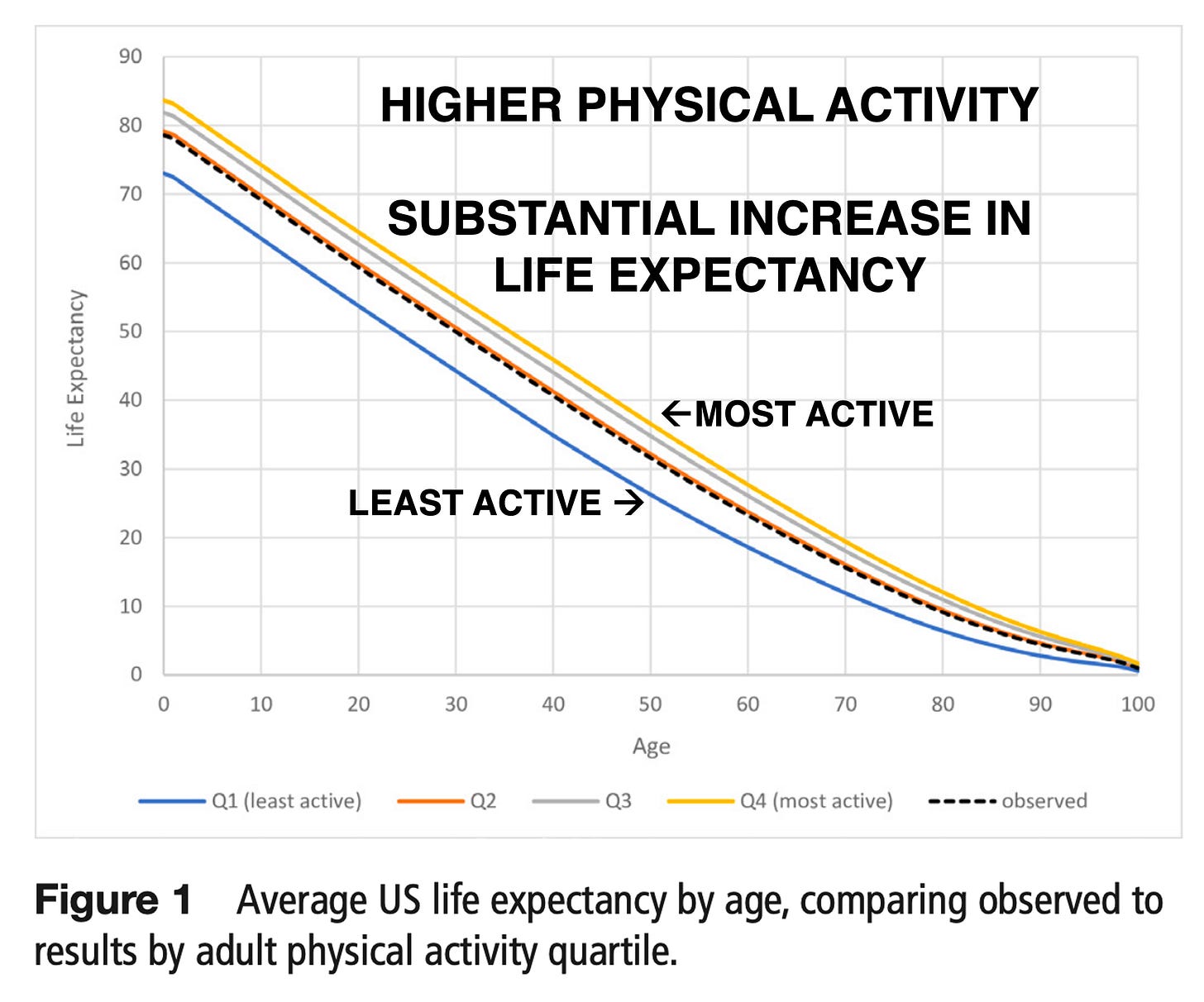Move NOW to Live Longer
The #1 Habit Proven to Add Years to Your Life.
Performance & Vitality Optimization Podcast
It’s time to prioritize movement as a fundamental health care objective. Physicians, educators, and public leaders at every level must step up and lead by example.
The call to action is simple: MOVE NOW. Let’s explore the latest scientific data.
Researchers used accelerometer data…
Keep reading with a 7-day free trial
Subscribe to Vitality Explorers | Allan Mishra, MD | VyVerse to keep reading this post and get 7 days of free access to the full post archives.


